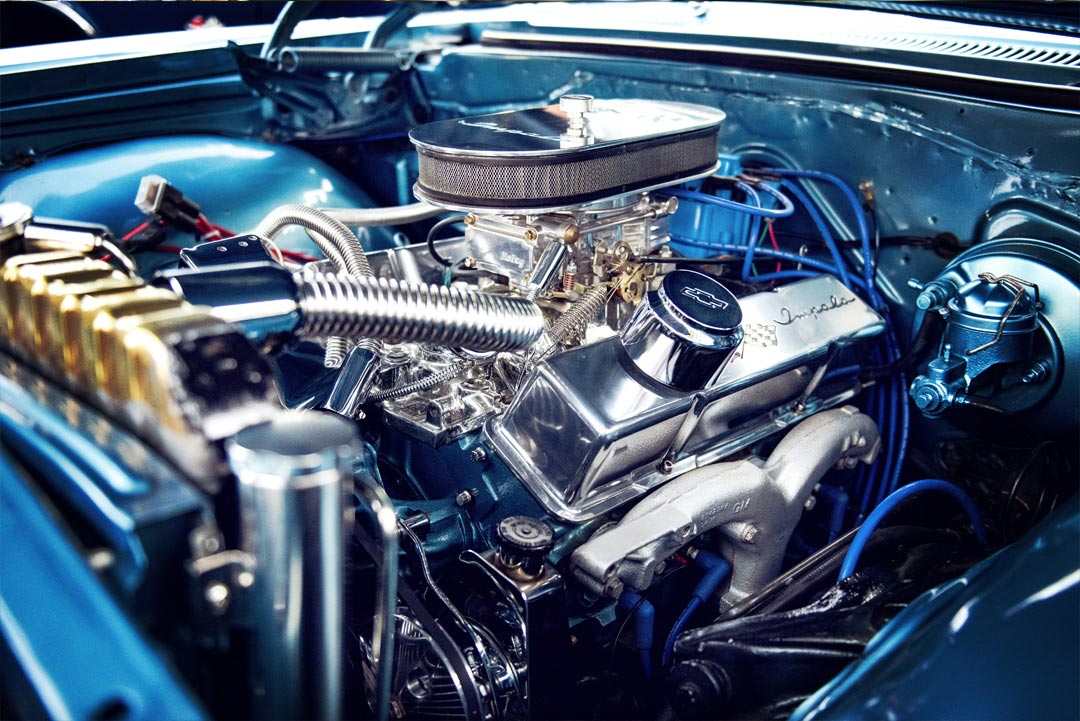The problem of grease drying and hardening caused by oil separation, if this process occurs in the operation of machine components, such as bearings and gears, it will have adverse consequences for their normal operation. With the drying and hardening of grease, friction intensifies, resulting in higher bearing temperature, which in turn intensifies the drying speed of grease.
In most cases, the serious drying of lubricating grease is the result of the joint action of many factors. Shunyi technical experts tell you to start with the main reasons for the drying of lubricating grease.
Causes of grease drying
1. The grease is contaminated with dust, dirt, floating dust and similar impurities, which can cause the grease to dry.
2. Incompatibility between greases: if the grease is mixed carelessly, the colloidal structure of the grease will be damaged and the oil separation will be accelerated. A typical example is the mixing of organobentonite grease and soap base grease.
3. High temperature volatilization: the grease prepared with low viscosity base oil is the most volatile. When the temperature rises to a certain height, the base oil overflows from the thickener and the grease gradually hardens (the ratio of base oil content / thickener decreases and the viscosity of base oil increases).
4. Oxidation of base oil: the base oil looks like asphalt after oxidation, and the grease will undergo the same oxidation process. Figure 1 shows that the metal wear debris (including divalent copper ions) entering the grease causes the intensification of grease oxidation at room temperature. Copper accelerates the oxidation of the grease base oil, causing the grease to thicken and harden.
5. Overheating of machine parts: for example, excessive lubricating grease added to the bearing, overheating caused by mechanical conditions (improper installation, excessive load, etc.), insufficient lubrication may cause overheating during machine operation. Among them, excessive lubricating grease is a common inducement. When the machine runs at high temperature and reaches the dropping point of grease, the oil begins to precipitate, the grease gradually loses, the base oil begins to dry, and finally the grease fails, and the machine will have problems.
6. The base oil is squeezed out by mechanical force: some rolling bearings are easy to cause oil separation problems, such as spherical rolling bearings. During the rolling and shearing of bearings and gears, the grease base oil is quickly separated from the thickener. The whole process is like the sponge that has absorbed water is twisted dry. Some thickeners can suck the oil back, while others cannot. For example, the composite aluminum soap has good recovery ability. When the pressure is reduced, the base oil can quickly return to the thickener.
7. Hydrostatic extrusion: under continuous pressure, hydrostatic pressure will also cause grease oil separation. The countermeasures include: using special thickener, polar base oil, viscosity index improver, tackifier and increasing the concentration of thickener.
8. Vibration and centrifugal force: if the lubricating grease is subjected to vibration or centrifugal force for a long time, it will also aggravate the oil separation. For example, if the coupling does not use proper grease, the coupling can dry the base oil in the grease in a short time.
What are the hazards of dry grease?
After the grease dries, it will cause blockage, poor system lubrication, overheating of the machine, increase the friction resistance of mechanical parts during lubrication and increase the consumption of mechanical power.

Once the grease dries and causes blockage, the thickener will stay in the machine and the base oil will be lost. In the centralized lubrication system, grease drying and blockage are more likely to occur in the pipeline between the oil pump and the oil nozzle. In order to prevent grease from drying and blocking, the ***ion of grease is very important. The grease with good quality has low oil separation trend and good stability in the process of mechanical shear. In addition, pay attention to maintaining sufficient flow rate of grease to prevent grease from being static, because it will lead to oil separation and blocking.
The thickener fiber of some greases is long, such as sodium grease, which is more prone to this problem. Through standardized testing methods, the fluidity and pumpability of grease can be tested, and the grease that is easy to cause problems can be eliminated. Keeping the grease flowing also helps prevent clogging.
the appropriate grease with good reputation and use the grease as recommended.
The filling amount of grease is not the more the better.
Pay attention to dust prevention and impurities when storing lubricating grease, and pay attention to sealing after taking it. Prevent cross mixing between different greases.
Some users add base oil to the hardened (or thickened) grease for thinning to reduce the consistency of the grease (i.e. soften). This method is not suitable for users. Due to the lack of necessary homogenization process, the colloidal stability of the grease will become worse.
When the product is taken out of the barrel, do not leave holes in the packaging barrel. The grease surface after taking the sample should be smoothed to prevent pits. Otherwise, the base oil will be squeezed by natural gravity and penetrate *** the pits left by sampling, which will affect the quality of the product.
About us
Professional equipment
Qualification certificate
Company dynamic
Industry news
Add:Corso Torino, Turin,9,10098 Rivoli Piedmont, Italy
Email:server@fvpaf-oil.eu